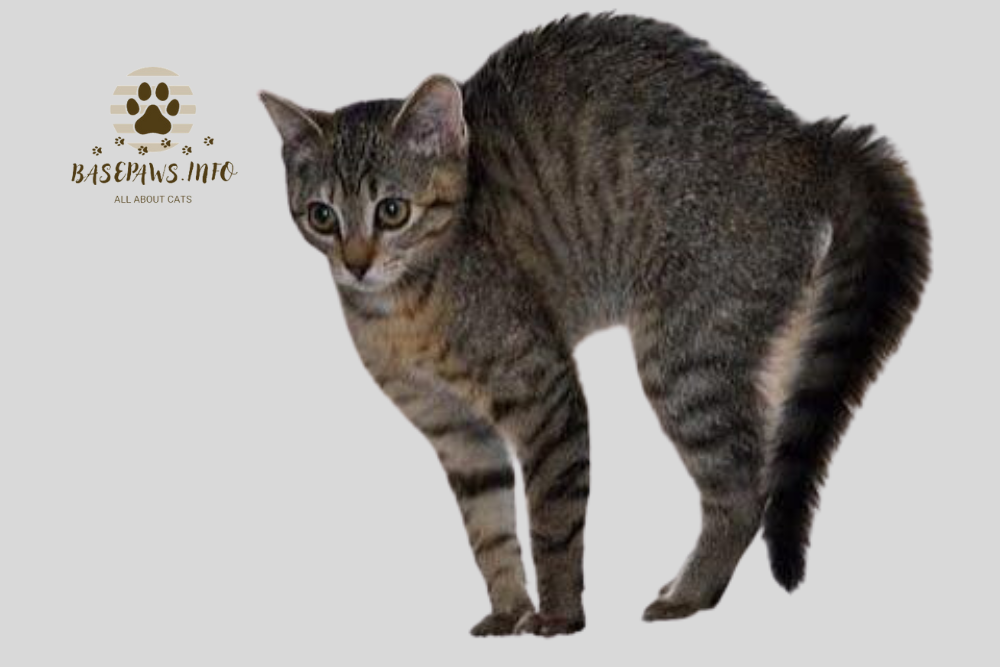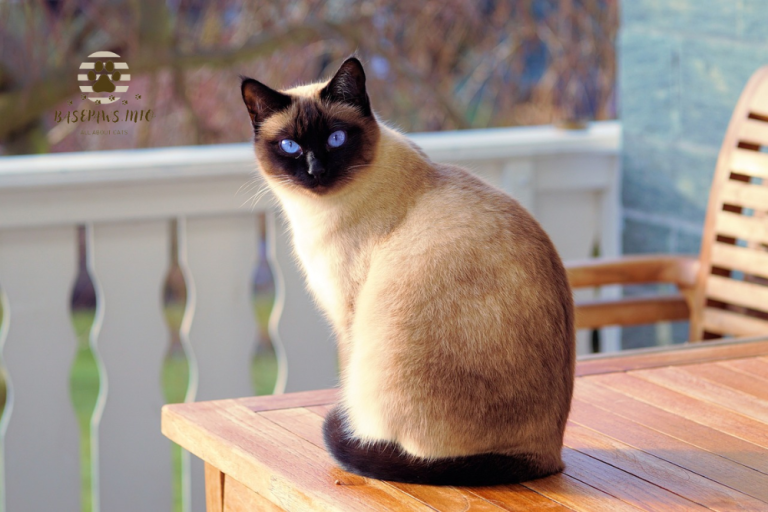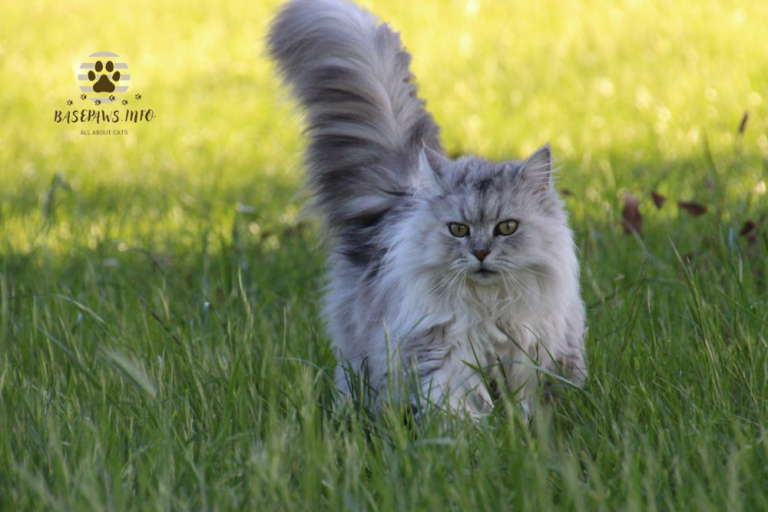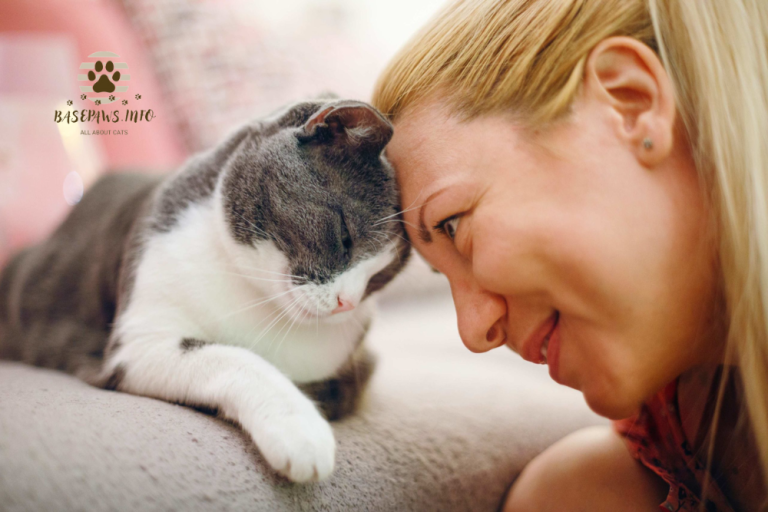Why Do Cats Crab Walk? A Complete Guide to Sideways Walking in Cats
Are you wondering why your cat suddenly starts moving sideways, appearing as if they’re doing a little “crab walk” dance? You’re not alone. Many cat owners notice their cats displaying this quirky movement and worry if it’s normal or a sign of something more. This guide will help you understand this playful behavior and how to respond to it.
The sideways, crab-like movement may look odd, but it’s actually quite common in cats, especially kittens. Knowing why cats crab walk can provide insight into their playful, survival-driven, or attention-seeking behaviors. By understanding what prompts your cat to move this way, you’ll be better equipped to handle it and even enjoy their animated antics.
Whether your cat is playfully pouncing, feeling defensive, or just expressing their high energy, learning the reasons behind this behavior will help you keep them happy and engaged. In this guide, we’ll break down why cats crab walk, how to interpret different types, and fun ways to join in on their excitement!
What Is the Crab Walk in Cats?
Cats crab walk when they move sideways with an arched back, often resembling a crab’s sideways scuttle. This behavior is typically seen in young, playful cats but can occur in any age group. While it might seem unusual, it’s a natural way for cats to communicate excitement or a defensive stance.
This sideways movement generally occurs during playtime, interactions with other cats, or when a cat feels a sudden burst of energy. It’s also common when a cat is startled and trying to make themselves appear larger, especially in unfamiliar environments.
Main Reasons Cats Crab Walk
1. Playful Behavior
Cats often crab walk when they’re excited or playful. Young cats, in particular, love to dart around and make sudden sideways movements, mimicking pounces and “crab” scuttles. This can be a joyful display of their energy.
How Playful Sideways Jumps and Pounces Work:
Sideways jumps and quick movements serve as a form of play hunting, allowing cats to mimic behaviors they would use in the wild. This playful energy is beneficial for a cat’s overall health and helps them release pent-up energy.
2. Survival and Instincts
Cats are natural hunters, and the crab walk can be a way to practice their skills. By moving sideways, cats simulate the stalking and pouncing motions they would use to catch prey in the wild.
Common Sideways Moves in Kittens as They Learn:
Kittens often display the crab walk while developing their coordination and learning basic survival moves. This playful mimicry is vital for their growth and motor skill development.
3. Defense and Protection
When a cat feels threatened, the sideways crab walk can make them appear larger. By arching their back and moving sideways, they seem more intimidating to potential threats.
Using Sideways Walking to Deter Threats:
This behavior, combined with puffed-up fur, signals that the cat is ready to defend itself if necessary. Cats will use this posture if they encounter an unfamiliar animal or an environment they find unsettling.
4. Attention-Seeking Behavior
Sometimes, cats perform the crab walk purely for attention. If they know it makes you laugh or captures your attention, they’re likely to repeat it as a form of playful interaction with their favorite human.
5. High Energy (Zoomies)
Zoomies are those random bursts of energy that send cats sprinting around the house. The crab walk often appears during these energetic episodes, adding a quirky flair to their high-speed antics.
6. Health Concerns
While rare, consistent crab walking with signs of discomfort may indicate underlying health issues. If your cat frequently falls over while crab walking, it could indicate a neurological or balance problem.
Recognizing Neurological or Balance Problems:
If your cat shows symptoms like stumbling, uncoordinated movements, or difficulty walking, consult a vet to rule out any potential issues.
Care Guide for When Crab Walking Could Signal Health Issues
While crab walking is often a normal part of your cat’s playful behavior, there are times when it can signal underlying health issues. As a responsible cat owner, it’s essential to be aware of any unusual patterns in your cat’s movement. Here’s a quick guide to help you determine when to be concerned:
Signs to Watch For
- Frequent Falling or Loss of Balance:
If your cat is crab walking frequently while also falling over or struggling to maintain balance, this could indicate a neurological issue or inner ear problem. Action: Consult a veterinarian immediately. - Persistent Sideways Walking:
If your cat seems to walk sideways more often than usual, especially without the playful context, it may indicate discomfort. Action: Observe your cat’s behavior closely; if this persists for more than a day, schedule a vet visit. - Changes in Appetite or Behavior:
A sudden change in your cat’s eating habits or overall behavior alongside crab walking could suggest an underlying health problem. Action: Monitor your cat’s daily activities and consult your vet if you notice any significant changes. - Visible Signs of Pain:
If your cat shows signs of pain while crab walking, such as vocalizing or reluctance to engage in activities they typically enjoy, this could indicate an issue. Action: Seek immediate veterinary attention. - Other Unusual Symptoms:
Pay attention to other symptoms such as lethargy, loss of coordination, or changes in grooming habits. Action: Keeping a detailed log of your cat’s behavior can help your vet make a more accurate diagnosis.
By being observant and proactive, you can help ensure your cat stays healthy and happy.
How to Tell Playful Crab Walks from Defensive Movements
A playful crab walk often comes with relaxed, forward-pointing ears, a loosely waving tail, and sometimes even a little chirping sound or light meow. When cats are in this playful mode, they may exhibit quick, unpredictable movements that are low to the ground, often followed by pouncing.
In contrast, a defensive crab walk usually features erect, puffed-up fur, an arched back, and widened eyes like cat staring. This stance is a way for cats to appear larger when they feel threatened or unsure. Recognizing these signals can help you decide when to interact with your cat and when to give them space.
Recognizing Your Cat’s Body Language and Cues
| Cues | Playful | Defensive |
| Ears | Relaxed, facing forward | Erect or flattened backward |
| Tail | Loosely waving or up, relaxed | Bushy, upright, often straight or with a slight curl |
| Eyes | Normal or slightly narrowed, showing contentment | Widened, alert, pupils dilated |
| Body Posture | Low to the ground, often crouching and ready to pounce | Arched back, making the body appear larger |
| Fur Condition | Smooth, lying flat | Puffing out, especially along the spine |
| Sounds | Light chirping, trilling, or purring | Hissing, growling, or low-pitched vocalizations |
| Movement Pattern | Quick, unpredictable hops or pounces | Slow, calculated, with frequent pauses to assess |
| Engagement Cues | Looks toward you, inviting interaction | May look away or fixate on a potential threat |
By recognizing their body language and providing play opportunities, you can ensure your cat remains happy and engaged.
How to Respond When Cats Crab Walk
Playful Crab Walks: Ways to Encourage Play
- Interactive Toys:
Use feather wands or laser pointers to engage your cat. Their crab walk can turn into a fun chase. - Cat Towers and Scratching Posts:
Providing climbing spaces encourages physical activity, allowing them to express their playful side. - Tunnel Toys:
Cats love to dart in and out of tunnels, stimulating their natural hunting instincts. - Gentle Petting:
If your cat enjoys it, gentle petting can encourage bonding during their playful moods.
Defensive Cats Crab Walk: How to Approach
- Give Space:
If your cat is in a defensive crab walk, it’s best to give them space. Avoid sudden movements that may further frighten them. - Speak Softly:
Using a calm, soothing voice can help reassure your cat and reduce their anxiety. - Avoid Direct Eye Contact:
Looking directly at a defensive cat may escalate their discomfort. Instead, look away occasionally to convey that you’re not a threat. - Slow Movements:
If you need to approach, move slowly and allow your cat to come to you when they feel safe. - Create a Safe Space:
Ensure your cat has a safe retreat in your home where they can relax without feeling threatened.
Fun Ways to Bond Through Playtime
Engaging in interactive play can deepen your bond with your cat. Here are a few fun ideas:
- Create an Obstacle Course:
Set up a mini obstacle course using furniture, boxes, and tunnels to encourage playful exploration. - Hide and Seek:
Hide treats or favorite toys around the house for your cat to find. This promotes their natural hunting instincts. - Laser Pointer Games:
Use a laser pointer to stimulate their natural prey drive. Just ensure you finish with a tangible toy so they don’t get frustrated. - DIY Toys:
Make simple toys using household items, like crumpled paper or strings, to keep them entertained. - Bonding Time:
Spend quiet time together, whether cuddling on the couch or gently brushing their fur, to enhance your relationship.
Frequently Asked Questions About Cats Crab Walk
1. “Why Do Cats Crab Walk at Night? A Nocturnal Mystery!”
Cats are naturally crepuscular, meaning they are most active at dawn and dusk. This heightened activity often leads to amusing crab walks as they explore their surroundings.
2. “Why Does My Cat Walk Sideways with an Arched Back? The Playful Prowess!”
An arched back in conjunction with sideways walking usually indicates a playful or defensive posture, depending on the context. If they’re playing, they might be trying to engage you or a toy!
3. “Why Is My Cat Walking Sideways and Falling Over? The Wobbly Wonder!”
If your cat frequently falls while crab walking, it’s essential to consult a vet to rule out potential neurological issues. Safety first!
4. “What Should I Do If My Cat’s Crab Walking Seems Odd? The Careful Cat Owner’s Guide!”
If you notice persistent or unusual crab walking, it’s time to observe their behavior and consider a trip to the vet. Trust your instincts; you know your cat best!
Final Thoughts on Cats Crab Walk Behavior
The crab walk in cats is a unique and often entertaining behavior. From playful displays to defensive postures, understanding the reasons behind this quirky walk can help you bond with your cat and respond appropriately. Whether they’re playing, seeking attention, or just burning off energy, the crab walk is a delightful part of a cat’s character that adds joy to any cat lover’s life.







